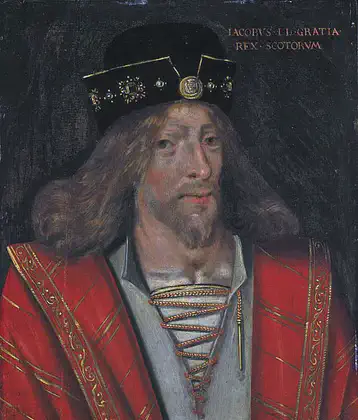On February 08, 1587 in Celtic History
Mary stuart, queen of scots, executed by english

Mary, Queen of Scots, was executed by order of Queen Elizabeth I of England. Mary Stuart, also known as Mary I of Scotland, was a significant figure in the 16th-century European politics and the Catholic-Protestant conflicts of the time.
Mary Stuart became Queen of Scotland in 1542, when she was just six days old, after the death of her father, King James V. Her reign was tumultuous, marked by political intrigue, religious strife, and personal drama.
One of the most significant events in Mary’s life was her forced abdication in 1567, following the scandalous murder of her second husband, Lord Darnley. Her abdication paved the way for her infant son, James VI, to become King of Scotland.
After her abdication, Mary sought refuge in England, where she hoped her cousin, Queen Elizabeth I, would provide her with protection. However, Mary’s presence in England posed a threat to Elizabeth’s rule, as many Catholics considered Mary to be the legitimate queen of England.
Mary’s involvement in various Catholic plots against Elizabeth’s reign, particularly the Babington Plot, led to her being tried and convicted of treason in 1586. Despite protests and appeals, Elizabeth ultimately signed Mary’s death warrant.
Mary Stuart was executed on February 8, 1587, at Fotheringhay Castle in Northamptonshire, England. Her execution was carried out by beheading, and she faced her death with dignity, wearing a red petticoat, the Catholic color of martyrdom.
Mary’s execution was a significant event in the history of England and Scotland, symbolizing the end of an era and contributing to the long-standing tensions between Catholics and Protestants in Europe.
More From This Day

Captain John Philip Nolan, a supporter of home rule, tenant rights, re-elected
February 08, 1872
